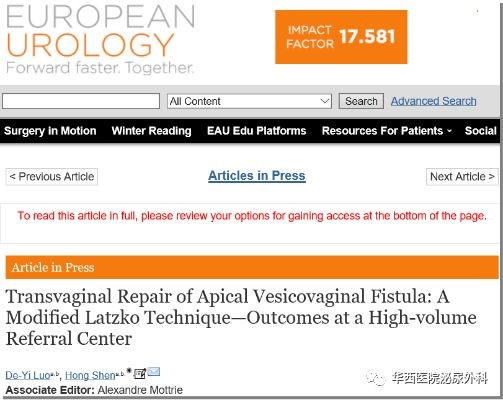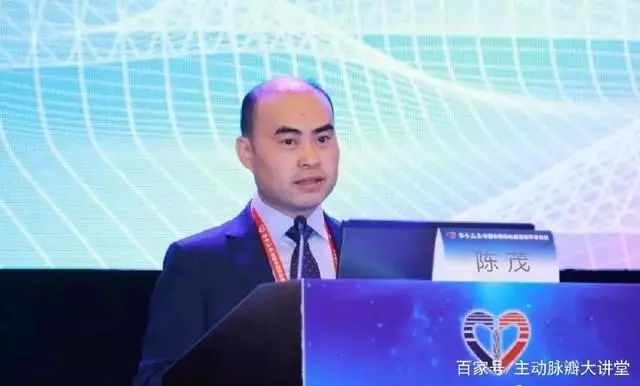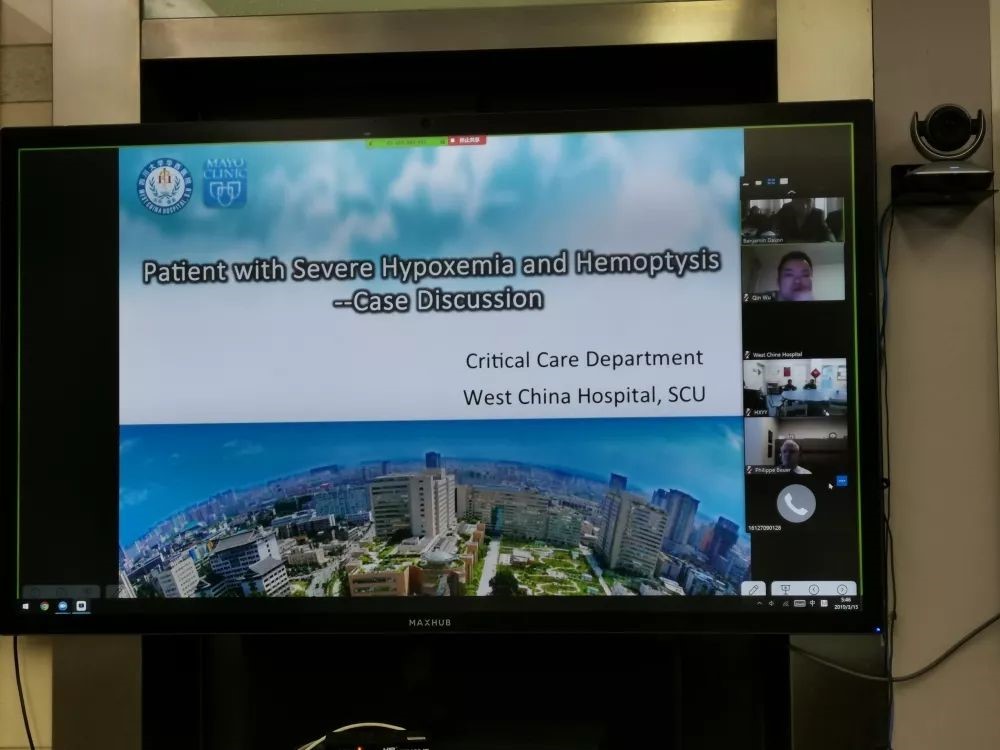Forwarded from the Department of Urinary Surgery of West China Hospital, S.C.U.
Recently, the gynecological urology team of West China published the original article Transvaginal Repair of Vesicovaginal Fistula (Influencing Factor 17.581) in the Surgery in Motion column of European Urology, the top international urology journal. The first author of the paper is Professor Luo Deyi of the Department of Urology Surgery, the corresponding author is Professor Shen Hong of the Department of Urology Surgery and the author's affiliation is West China Hospital of Sichuan University.
At present, 80% of the vesico-vaginal fistula cases in China is caused by gynecologic surgeries, among them, the most common one is hysterectomy. The incidence of VVF is about 0.1%-0.2%. Although there is no major epidemiological investigation of vesicovaginal fistulas in China, the clinical development trend has indicated that the vesicovaginal fistulas in China are mainly related to gynecological operations, and obstetric fistulas are rarely seen. The quality of life of such patients is seriously reduced, often leading to medical disputes. How to deal with it quickly and effectively is always a research hotspot. After gynecological surgery, the vaginal fistula of the bladder is generally at the non-healing end of the vagina. According to the standard practice of Latzko surgery (classical bladder vaginal fistula repair), it is difficult to heal the scar on the vaginal wall. In addition, if the fistula is located in the lateral angle depression at the top of the vagina, it cannot be repaired according to Latzko surgery. Based on a large number of clinical practices, professor Shen Hong's team proposed the "deep burial method" to deal with such fistulas. The concept of "deep burial method" was derived from the retained fistula from Latzko surgery techniques and the concept of closed vagina of James Marion Sims’ surgery. In the study, an innovative vaginal fistula repair procedure was performed on patients with fornix top fistula, the entire vaginal fornix including the fistula was seen as a whole, and a circular incision was made on the surrounding normal vaginal wall; cut off the excess scar tissue around the orificium fistulae, suture the orificium fistulae and the tissue around the vagina to achieve the "deep burial" effect, the success rate of surgery reaches 100%; through the postoperative follow-up of 108 patients with these diseases for up to four years, we can see the "deep burial" vaginal hernia repair is simple and easy to operate for the appropriate patients. The publication of the study marks the international recognition of the "deep burial method" for repairing vesicovaginal fistula proposed by professor Shen Hong. This is also a significant progress of urology department's Iintegrated Treatment of Female Pelvic Floor Dysfunction Diseases supported by the construction of 135 sub-specialties of the hospital.

As the journal of the European Association of Urology (EAU), European Urology has long been recognized as the top journal in the field of Urology, with readers from all over the world. The articles on EU stands at the forefront and leads the future development of urology field. Publishing articles on EU is the goal of every urologist and the best proof of their strength.
Professor Shen Hong is the honorary leader of the Female Urology Group of the Urological Surgery Branch of Chinese Medical Association. The gynecological urology sub-specialist of the hospital led by him was established in 2005, which was first established in domestic hospitals. At present, the sub-specialty has grown into the most influential sub-specialty with the most standardized clinical treatment, the most systematic education and training, and the most abundant case resources, which is in an absolute leading position in China. With strong support of the hospital, the gynecological and urological team has been deepening its clinical research, innovating surgical methods and achieving breakthrough results. This paper is also the first paper published in European Urology by a professional scholar of gynecology and urology in mainland China.
原文链接:https://www.europeanurology.com/article/S0302-2838(19)30289-1/fulltext
Source text link: https://www.europeanurology.com/article/S0302-2838(19)30289-1/fulltext






